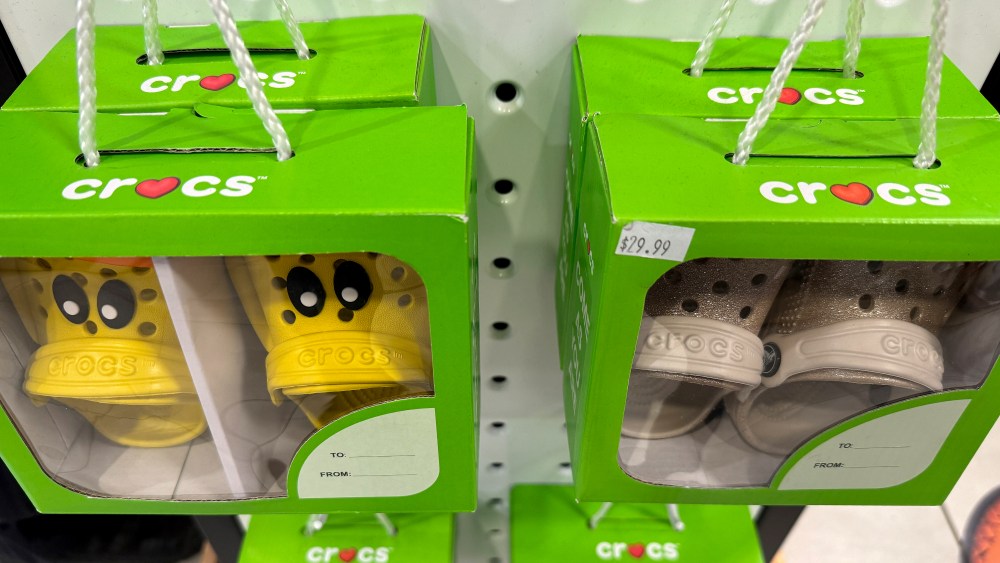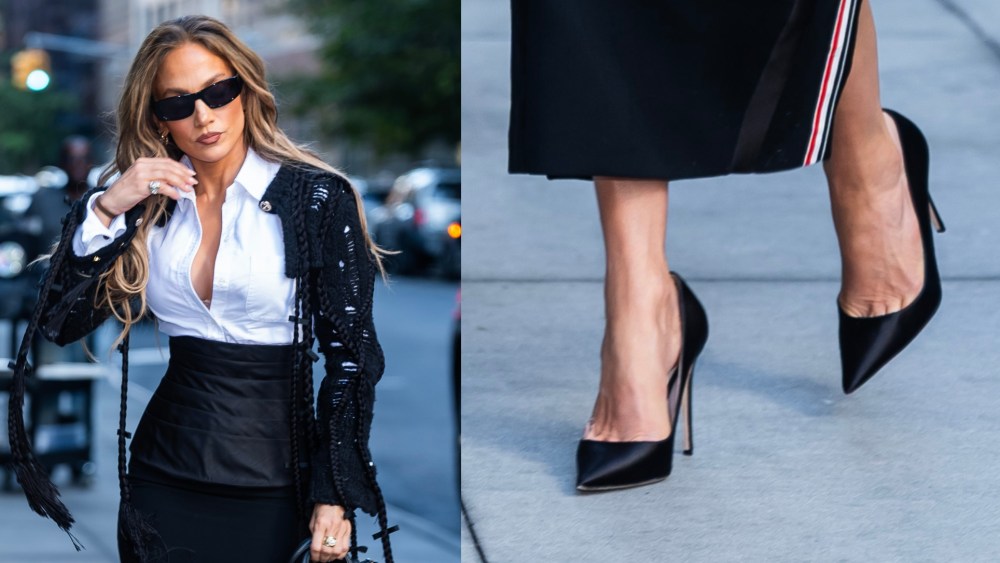
Crocs Inc.’s alleged misleading patent statement is resurfacing again.
Competing clog makers Crocs and USA Dawgs Inc. have been battling each other for nearly two decades. In 2006, Crocs sued Dawgs, Double Diamond Distribution and Mojave Holdings (Dawgs) alleging patent infringement. The initial claims between the two parties have since been resolved.
Still outstanding is Dawgs’ counterclaim alleging false advertising claims against Crocs over assertions it made that its molded Croslite resin was made with “patented,” “proprietary,” or “exclusive” materials. Dawgs claimed that the misrepresentation allowed customers to think that the Croslite resin was different from what was used by other shoe manufacturers.
After making its way through the federal court system on appeal, Crocs requested a review by the U.S. Supreme Court, which was denied on Monday. That means a federal district court in Colorado, where the case was initially filed, will again have oversight on whether Crocs’ alleged false or misleading statements in commercial advertising could indirectly cause consumers to be misled.
“While we are disappointed that the Supreme Court has declined to hear this case, their decision does not impact our view that the district court correctly disposed of a meritless claim. We remain confident that, on remand, the district court will ultimately dismiss Dawgs’ unsupported claim through the various other mechanisms available to it,” a Crocs spokesperson said.
The case has taken twists and turns over the years. In September 2021, a federal district court judge in Colorado dismissed allegations that Crocs had “falsely marketed its shoes” in violation of the Lanham Act, a federal law that governs trademark protection in the U.S. and provides legal remedies for infringement, dilution and false advertising. Dawgs appealed the ruling.
One year ago, the Federal Circuit court reviewed whether the district court had erred in dismissing false advertising claims against Crocs for its alleged misleading statements over the patent status of the resin used in its clogs. The appellate court ruled in favor of Dawgs, concluding that a claim could be brought under the Lanham Act for the alleged patent misrepresentation, so long as the claim could indirectly cause consumers to be misled. The district court’s decision was reversed and the appeals court sent the case back to the lower court for further review.
Crocs asked the U.S. Supreme Court to review the case due to conflicting interpretations of applicable law among the federal appellate courts in different circuits. Three circuits take the position that causes of action for false advertising claims under the Lanham Act are allowed only in connection with the characteristics of a product’s properties and capabilities.
One circuit and the Federal Circuit took the position that Crocs described as a more expansive view to include actions over intangible attributes such as patents, which address the source of ideas for a particular invention. It was because of that split among the federal appellate court circuits that Crocs was hoping it could get the Supreme Court to review the case and set a uniform interpretation for the federal courts.
The U.S. Supreme Court’s denial of Crocs’ petition for review ended any further appeal by the Broomfield, Colo.-based shoe firm. That means that the federal appellate court’s decision stands, and that a federal district court in Colorado will again have oversight over the legality of Dawgs’ counterclaim.
Under the Lanham Act, if Dawgs is successful in its counterclaim, it could recover damages for actual lost profits, reduced profits for goods placed on sale, and for harm to one’s goodwill, as well as attorney’s fees and, in some cases, treble damages. But first, Dawgs will have to prove a number of requirements, including whether the misleading statements deceived or had the ability to deceive consumers, and, if yes, whether that deception had a material effect on consumer purchasing decisions.
Crocs in August posted a second quarter net loss of $492.3 million on a 3.4 percent revenue increase to $1.15 billion. And in July, the shoe firm opened its new Crocs Icon store concept that showcases an experiential retail format featuring immersive storytelling in New York’s SoHo neighborhood at 543 Broadway. The footwear firm has also been busy this year with new products and collaborations. Word surfaced last month that Crocs has a new Gallery Shoe that’s part-moccasin and part-sneaker, while this past summer Crocs said it is collaborating with Aries again on an urban-inspired collection, which follows its 2023 partnership.
#Crocs #False #Patent #Claim #Indirectly #Consumers #Misled






